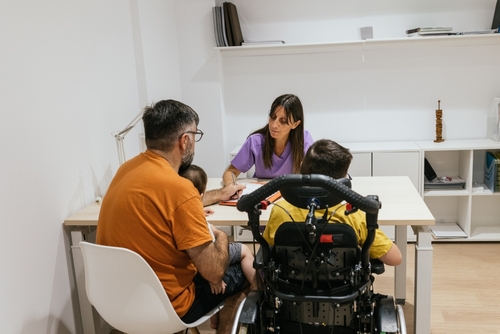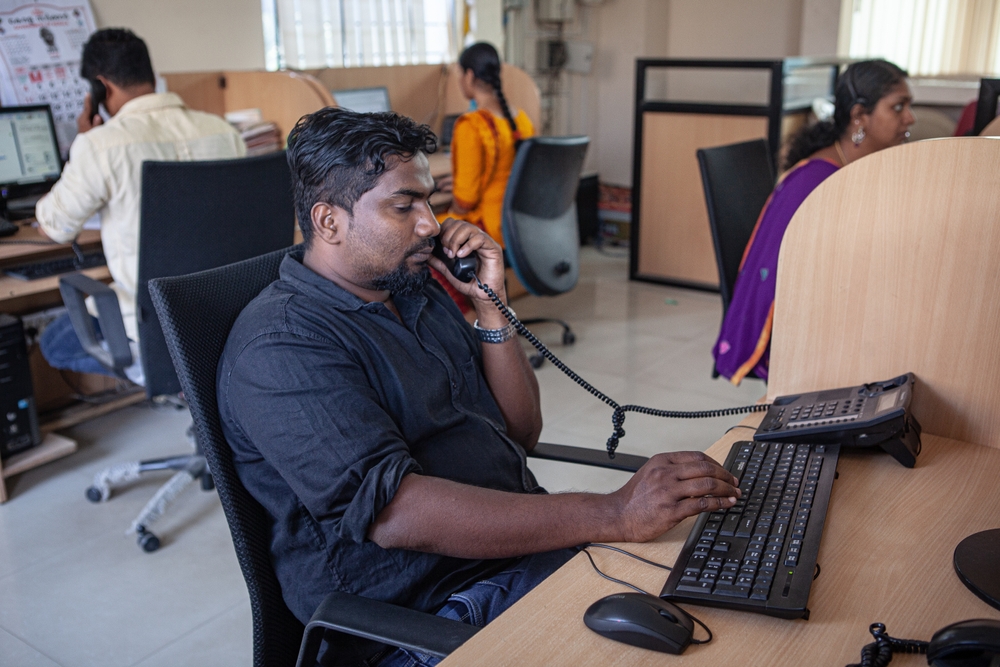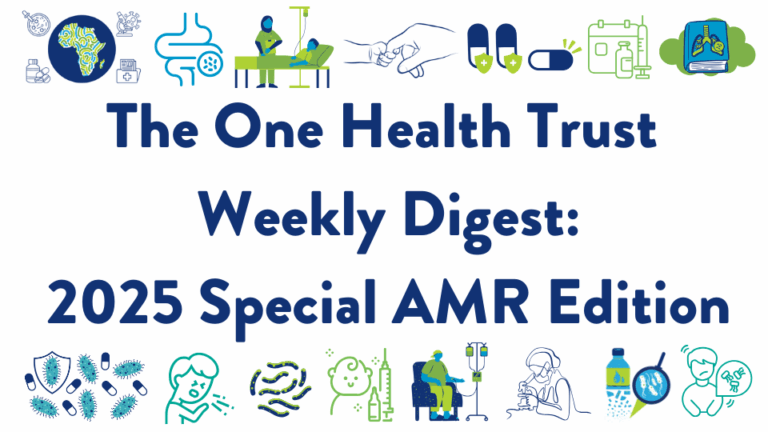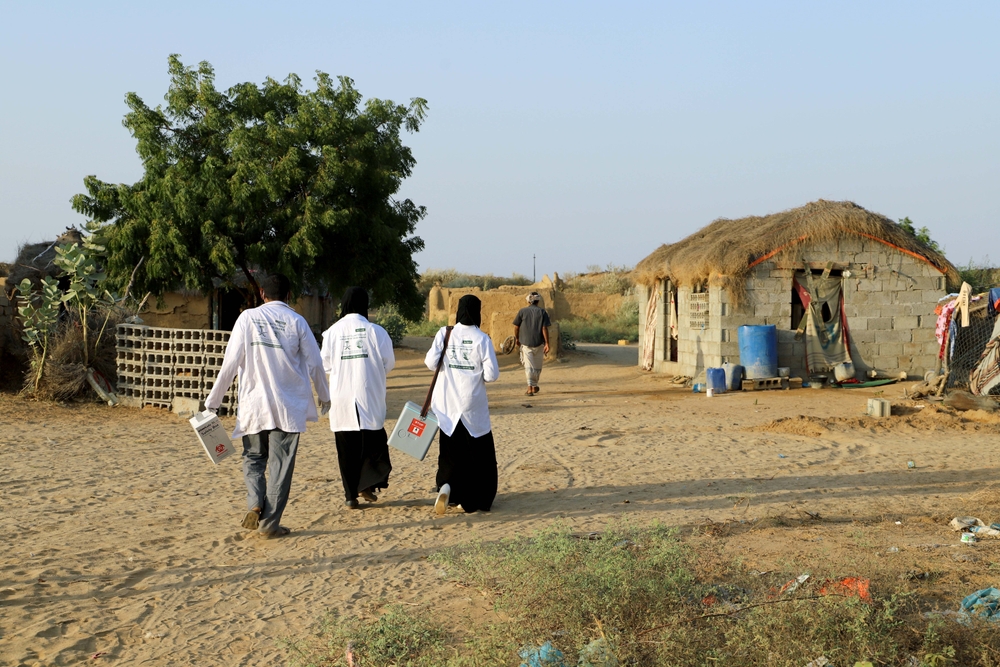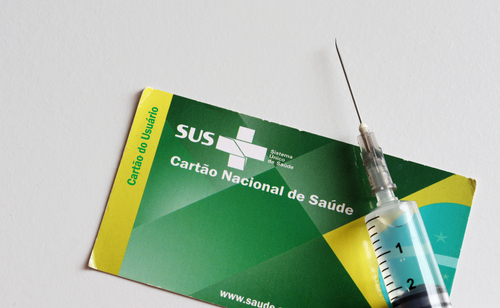June 12, 2015

A roundup of news on drug resistance and other topics in global health.
AMR Control 2015: Overcoming Global Antibiotic Resistance, released in conjunction with the 2015 World Health Assembly, is available online. The volume includes a global overview by Dame Sally Davies, England’s Chief Medical Officer, and covers a wide range of topics, including up-to-date reviews of the economics and science of antibiotic and diagnostic development, national monitoring and surveillance in several countries, bacteriophage as an alternative approach to treating infections, the role of the environment in antibiotic resistance, agricultural use of antibiotics and a chapter on the Global Antibiotic Resistance Partnership by CDDEP Associate Director Hellen Gelband. [Global Health Dynamics]
Stimulating the Antimicrobial Pipeline: A Global Perspective. The Antimicrobial Innovation Alliance, U.K. Review on Antimicrobial Resistance and CDDEP partner project DRIVE-AB are hosting a lunch event next week in Washington, D.C. to discuss economic incentives and models for antibiotic drug development. The event, which will include presentations from government, nonprofit and private stakeholders and a roundtable on the topic, will be held on June 18 at the U.S. Capitol Visitor Center. Interested participants can find more information and RSVP online. [Antimicrobial Innovation Alliance]
Middle East Respiratory Syndrome (MERS) has spread to 126 people in South Korea and China after a Korean businessman returned from the Middle East carrying the virus. The man had visited several health centers before he was diagnosed, and likely spread the infection through health care workers. After over a week of daily increases in case counts, only four new cases were reported on Friday, giving officials hope that containment measures and quarantines were beginning to slow the spread of the virus. [Reuters, WHO]
Antibiotic resistance in some foodborne pathogens—including a multi-drug resistant Salmonella strain—is increasing, according to a CDC report released this week from the National Antimicrobial Resistance Monitoring System (NARMS). The annual report, which includes results from more than 5,000 isolates tested in 2013, noted that though resistance in many pathogens remained stable, foodborne pathogens still pose a significant public health threat. The CDC estimates that antibiotic-resistant infections from foodborne pathogens cause 440,000 illnesses in the United States annually. [CDC, CIDRAP]
Modern housing may be able to cut malaria rates significantly by stopping mosquitoes from getting into houses. Though insecticide-treated bed nets and indoor spraying can be very effective at reducing malaria transmission, “residents of modern houses had 47 percent lower odds of malaria infection compared to traditional houses,” according to a review published by researchers at the London School of Hygiene & Tropical Medicine. The authors commented that in contrast to modern housing, traditional homes tends to have more points of entry for mosquitoes to get in at night—when 80 percent or more of malaria transmission occur. [Malaria Journal, Quartz]
Hospitalizations for acute gastroenteritis in U.S. children have decreased dramatically since the rotavirus vaccine was introduced in 2006. A research letter published in the Journal of the American Medical Association reported data from 24 states on just how significant the vaccine’s impact has been: in children under five, acute gastroenteritis hospital admission rates from any cause declined 31 to 55 percent in the years after the vaccine was introduced, and rotavirus-specific admissions declined 63 to 94 percent. [JAMA]
Short-course antibiotic therapy—four days of antibiotics—for abdominal infections may be just as effective as taking antibiotics for up to 10 days, according to a study of more than 500 patients published in the New England Journal of Medicine. A blogpost on the research in Controversies in Hospital Infection Prevention entitled “This study is boring, and we need more like it” argues that such research, though not likely to grab headlines, is critically necessary for appropriate antibiotic prescribing. Writes infectious disease physician Daniel Diekema: “‘How long do we need to treat this infection?’ is one of the most frequent questions we get as ID consultants, and it’s amazing how scant the evidence base is regarding duration of therapy.” [NEJM, Controversies in Hospital Infection Prevention]
Ebola isn’t gone—Guinea and Sierra Leone have both seen a spike in cases in the last two weeks. Though Liberia has been declared free of the virus, a cluster of new cases on the border of Guinea and Sierra Leone has health officials concerned. According to the WHO, “[b]oth the intensity and the geographical area of Ebola virus disease transmission have increased.” A two-part report in Foreign Policy examined the inadequate WHO response to the outbreak, discussions about reform at the 68th World Health Assembly and German Chancellor Angela Merkel’s focus on Ebola and the WHO at this week’s G7 Summit. [The Guardian, WHO, Foreign Policy]
Commentary in Indian Express about a recent crackdown on online drug marketplaces in Maharashtra argues that though online pharmaceutical startups are promising, adherence to regulation is critical to limit drug resistance and other issues. The article focused on the importance of compliance with Indian federal law to prevent counterfeit drug proliferation, curb self-medication and minimize drug resistance in light of the changing pharmaceutical marketplace. Author Gauri Kamath cited research from CDDEP’s Global Antibiotic Resistance Partnership that found that around one-fifth of antibiotics purchased in Delhi are sold without a prescription. Writes Kamath: “All said and done, online drug platforms can only be as good as their partners on the ground and compliance will be a continuous challenge.” [Indian Express]
Image courtesy Wikimedia Commons.
Want to share interesting news via the digest? Email [email protected]

